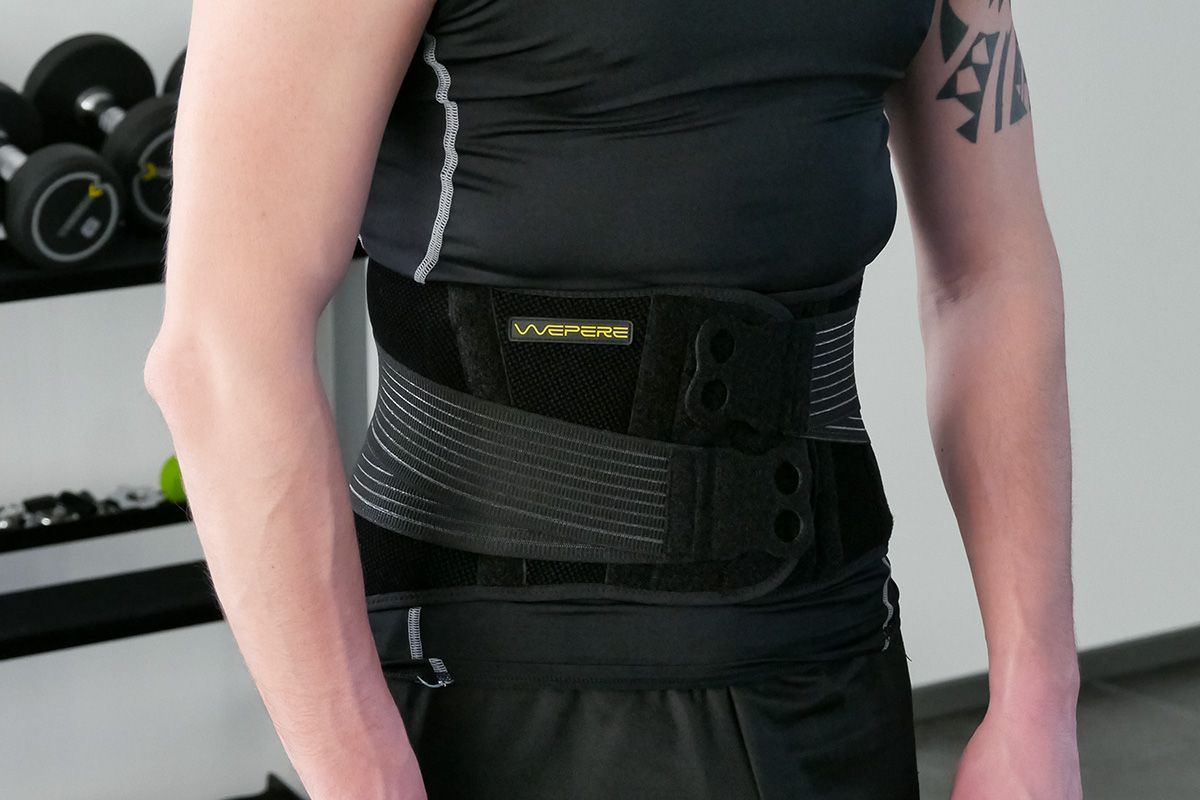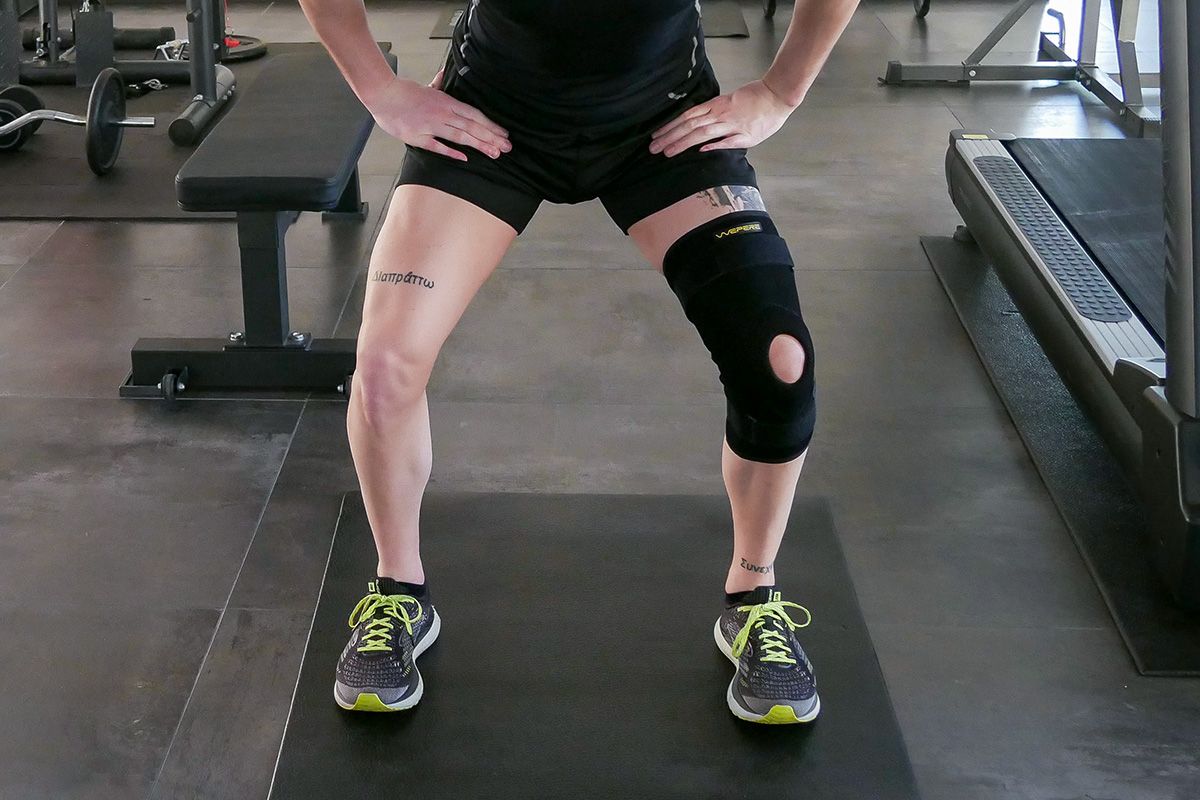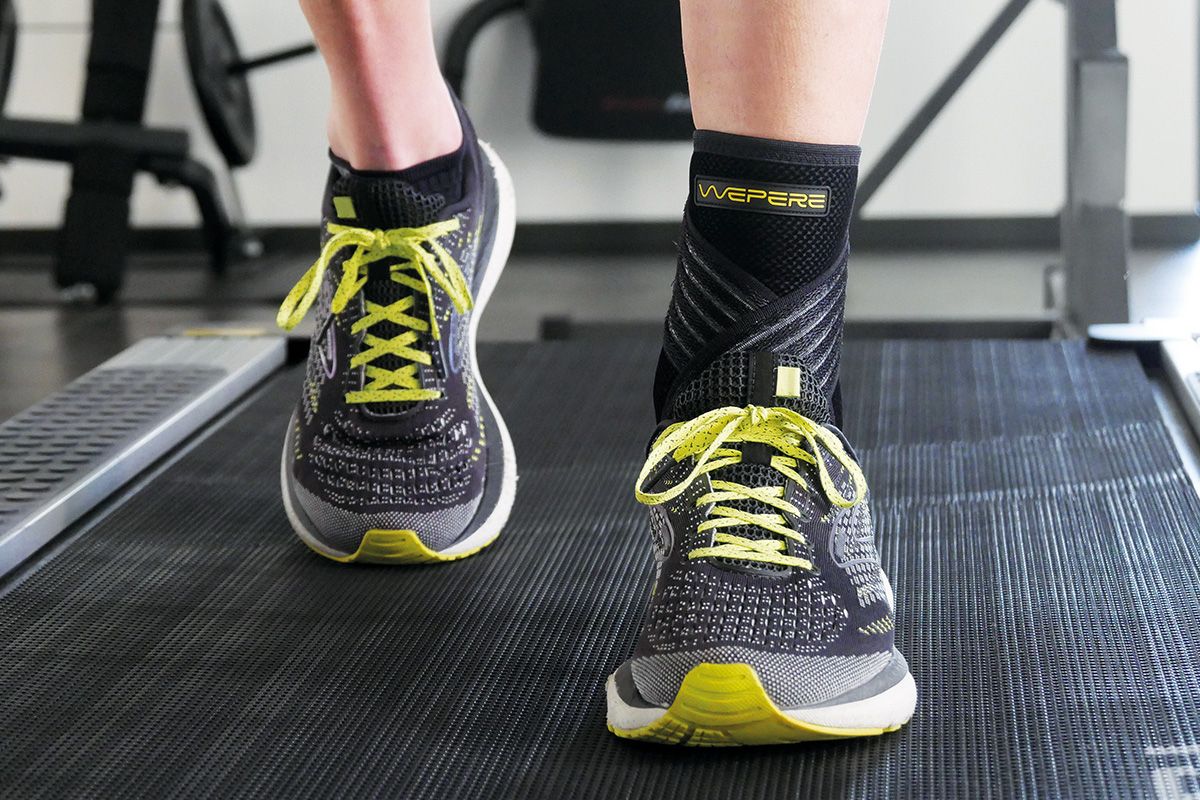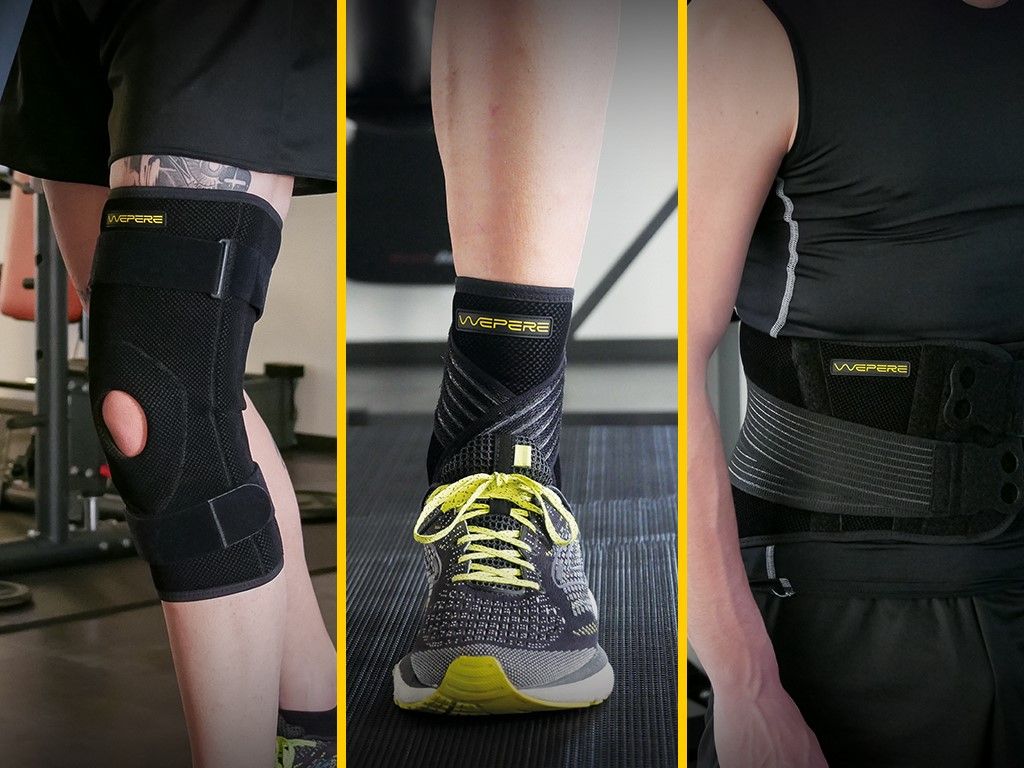Joint braces are widely used aids among sportspeople of all levels and ages, as they are valuable allies both in case of an injury and to alleviate temporary discomfort. In certain situations – such as triathlon, a sport in which athletes push their bodies to the limit – they can be useful in preventing certain injuries, as they increase joint stability and control, and also facilitate muscle response in mechanical stress situations, as it occurs with lumbar support.
However, it is important to remember that braces are joint supports and not solutions. An aspect that should be kept in mind when using them to ensure your safety.
To be clearer, for example, in the extreme case of a ligamentous injury, this cannot be totally resolved with a brace. It has to be treated with proper medical and physiotherapeutic treatments, as well as a muscle strengthening and stabilization plan. In this case, the use of a proper brace, when resuming activity, is certainly a choice that can favour a faster and safer recovery.
What are they used for?
Braces can be useful both in the case of an injury as well as in the relief of temporary discomfort.
There are many types of braces, each one of them having distinctive functions:
- the extremely rigid – orthopaedic – ones, which create mechanical constraints at joint level and need a medical prescription to be customised manufactured.
- The semi-rigid and soft ones are more widely distributed and therefore of greater interest, because they provide support during sport while also allowing enough liberty of movement.
The materials used for the manufacturing of the braces have an important impact: to be effective and comfortable, the brace must be lightweight and breathable, while also ensuring at the same time a proper level of tightness and compression.
Lumbar corset

The lumbar corset, during a sport activity, mainly acts as a support to the spine, reducing the load, but is also an aid to the muscles, reducing the feeling of discomfort that can be experienced in certain positions, or while performing specific technical gestures. When it’s the time for you to choose your lumbar corset, you need to balance between your desired rigidity and the adjusting of the tension, in its best possible way. A greater rigidity corresponds to a greater mechanical support, but also leads to less proprioceptive help. The possibility of adjustment, thanks to its specific tie rods, allows you to adapt it to your needs, even in the various stages of the training. For example, it becomes useful when switching from pedalling to running, or vice versa. It is important not to wear the lumbar band for too long, not to tie the muscles’ action to the reduced sensations induced by the band, and to avoid in the long term to lose part of musculature’s capacity of dynamic adaptation, and, consequently, its role in supporting the column.
Knee brace

The knee brace has mainly a function of knee stabilisation, with a significant importance at the proprioceptive level. This means that it helps the nervous system to understand the position of the joint by using also information coming from the outside, besides that arriving from the joint receptors. This becomes particularly helpful in the post-injury phase, or in the presence of joint pain, which modifies, by reducing it, the correct support that the muscles provide to the knee. During pain’s acute phase, the knee pad can be consistently used. Then, once the symptomatology regresses, it is useful to do free knee training sessions, to allow a proper recovery, until you get to wear the brace exclusively during some training and competition, for your greater safety.
When choosing a knee brace, it is important to consider two factors: the patellar containment given by the central hole in the brace, and the possibility to adjust the knee section in the upper and lower part.
The patellar containment, designed to stabilise the patella, is useful in reducing the pressure of the knee brace on the patella, even when there are no previous issues. Indeed, the kneecap should be able to slide correctly on the femur without being compressed.
The possibility to adjust the brace has a dual function: the first one is to be able to customise the size, possibly adapting it over time; the second one is to be able to vary the measure even during a workout or a competition, since muscles change in volume during an activity compared to when they are at rest.
Ankle brace

The anklet brace is perhaps the most used device both by and professional and non-professional athletes, since the ankle, especially in running activities, is an articulation frequently affected by problems. Although they are not necessarily serious, they can limit activities anyway, even for prolonged periods. Professional athletes use it almost exclusively as a preventative measure, and after injuries they use specific functional bandages that require time and skills that are not available to everyone. When choosing your anklet brace, as already mentioned for the other devices, customisation possibilities have to be taken in high regard, to avoid the brace resulting uncomfortable and annoying, and, consequently, risking becoming considerably less effective.
The best option is to choose an ankle brace that allows you to adjust the tension level through bands that simulate the “8-shaped bandage”, the same used by professionals in functional bandages to stabilise the ankle both laterally and medially.

